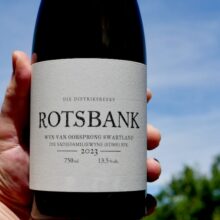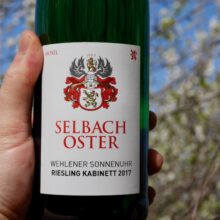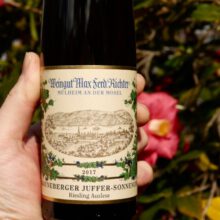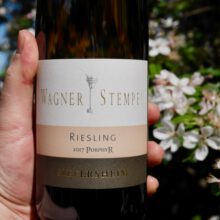
Product information
Sadie Family Swartland Rotsbank 2024
$208
Description
The 2024 Rotsbank comes from Chenin planted at the back of the property, according to Sadie, the only one of 12 vineyards he works with that obtains a flintiness. This has fine lift on the nose with light petrolly, almost Riesling-like scents that evolve into more wet wool/lanolin scents with aeration. Fine delineation. The palate is very well balanced with a keen thread of acidity. Bright and sapid in the mouth, it gains weight and a little texture towards the extended finish. Excellent.
Neal Martin, Vinous 96 Points
“The only one of Eben Sadie’s superb range of Chenin Blancs that comes from his Swartland base, this is a pure, beautifully chiselled expression of the granite soils of the Paardeberg, with aromas of thatch, fennel and petrichor, leesy intensity and texture, racy minerality and a palate-cleansing, lemon zest finish. 2027-35.”
Tim Atkin MW, 97 Points
Only 2 left in stock






You must be logged in to post a comment.